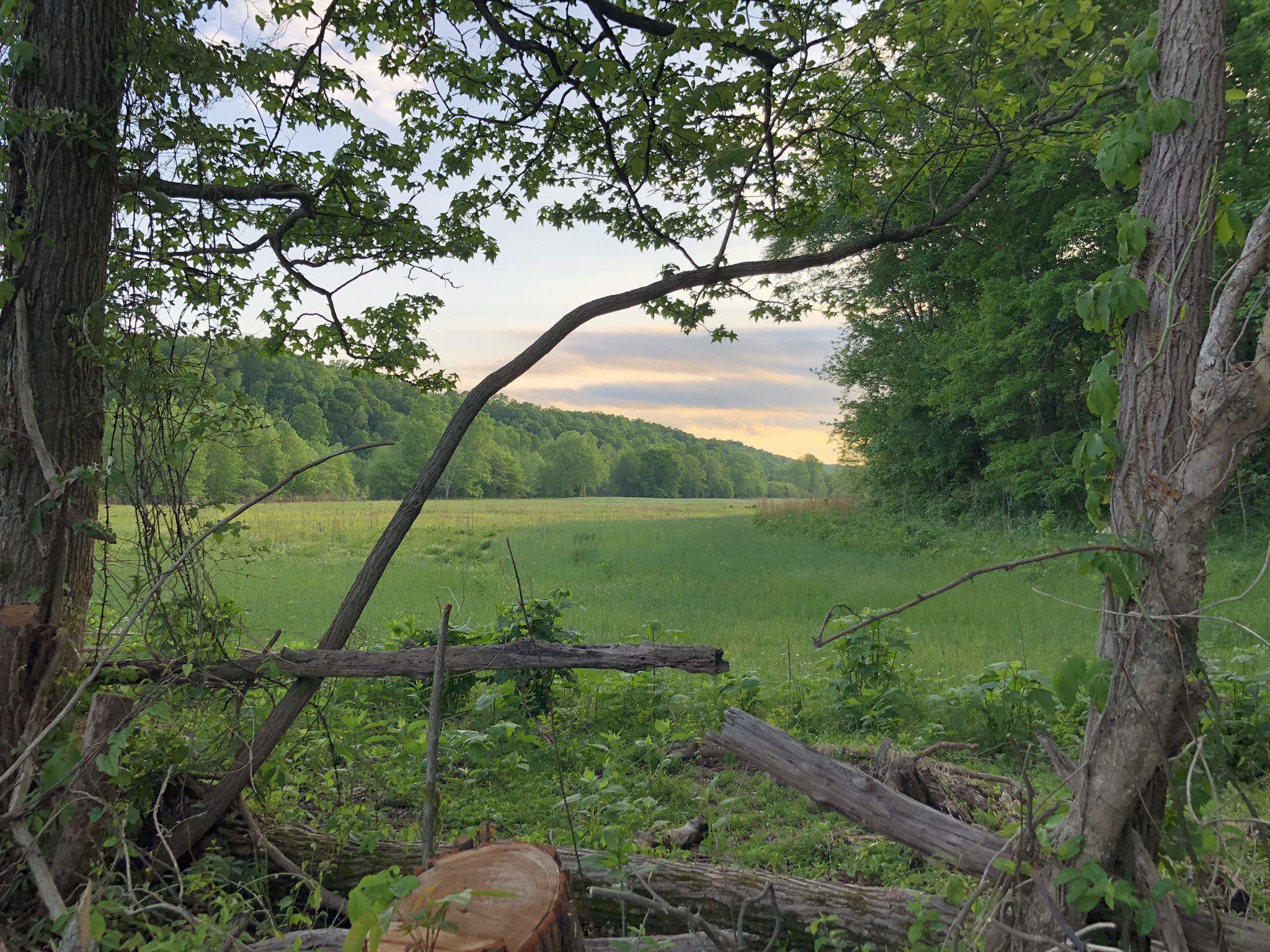If you watch college football, there’s a good chance you’ve seen, or seen an ad for, TrueSouth, a television series on the SEC Network. The show is hosted by John T. Edge, author and director of the Southern Foodways Alliance. If, for some reason, you don’t like college football, you should still turn to the SEC Network for this show. TrueSouth travels to different towns in the South, exploring food and culture and interviewing local people, all the while exploring “Southern beliefs and identity.” Each half hour episode also has a remarkable soundtrack.
Any given show opens with beautiful visuals, a well-chosen song, and the colorful yet thoughtful narration of the host, John T. Edge. In a voice rich as country gravy, he introduces the town and sets the scene. In the opening of the Tompkinsville, Kentucky episode, Edge says: “The roads of southeastern Kentucky rise and fall, past old tobacco barns, over green hills and down oak and hickory-lined switchbacks. If there’s a prettier drive in the South, I have not seen it.” Every episode takes us to some city or town, with its well-loved local restaurants and the residents who make the place what it is.
We see each town in the golden hour, framed to perfection, but the show is not just celebratory of the South or a travel show with a love for real barbecue, the kind that requires even its charcoal to be the product of a traditional and time-consuming process. TS attempts to tell us something true and thoughtful about these places in our country and the ways in which they exceed our expectations. The episode about Brownsville, TN, features Billy Tripp’s “Mindfield” steel sculpture. Edge reminds us that “small towns only feel normal from 30,000 feet. Up close, they’re filled with passionate people like Billy, doing strange and passionate things with steel and solder.”
In these episodes, TS brings the South to life and to light. Edge shows us the beauty of a perfect bologna sandwich and almost has us experiencing the smell of a LAHA burger, but he doesn’t deny that some neighborhoods have fallen on hard times and that some of the fish sandwiches he samples aren’t just traditional working man’s food, but are still eaten by those working paycheck to paycheck. He recognizes when there are food traditions just across the railroad tracks missed out on because of racial division. Yet TS is a show buoyed by hope. At the end of the Brownsville episode, Edge acknowledges that it is an old cotton town without an obvious future. But he closes hopefully, “We spent time with the people who call this place home, a barber, a fishmonger, a pitmaster, an artist. We left having caught a glimpse of what’s possible for a small town when its citizens have and hold a vision of themselves and of home. What is possible for all the towns that dot the highways of the American South.”
In some ways, we can think of TS, and many travel shows, of following in the footsteps of Anthony Bourdain. Since Bourdain, travel shows have sought out not only celebrated places but places with regulars, not just fancy food but well-loved food, and have sought to integrate the voices of residents into episodes about their homes. We can imagine Bourdain saying what Edge says in the episode on Brownsville, that “too often people drive by small towns. They skip ‘em.” And we can imagine Bourdain would agree with Edge that there is “proof that making perfect sandwiches is enough.” Like Bourdain, Edge seems to have a palette that spans everything and an ability to talk to people of all social ranks. But there are many reasons to think that TS is attempting to be, and is, more than a travel show.






